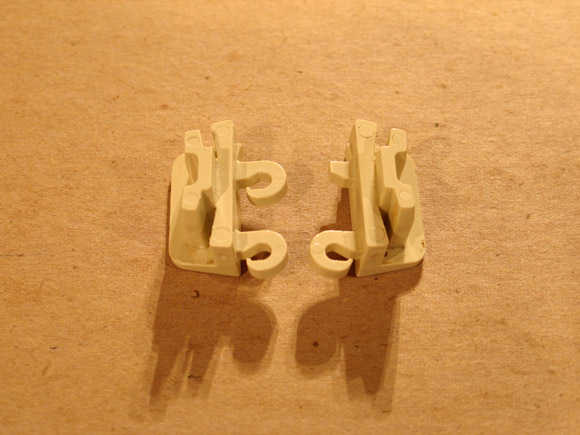More Building Blocks for 3D Printing
I've added two new types of components to my toolkit of 3D printed machine parts: a snap-fit pivot or hinge, and a dovetail suitable for joining two parts together at a right angle.
I've added two new types of components to my toolkit of 3D printed machine parts: a snap-fit pivot or hinge, and a dovetail suitable for joining two parts together at a right angle.
I've made a video of my 3D-printed bolt and nut combination, showing the action of threading it on and off.
Although most of my novice experiments in 3D-printing have been just that, experiments intended to familiarize myself with the technology and its benefits and limitations, I have already had the opportunity to design and print something actually useful. Like most refrigerators, mine has storage areas on the door where items are secured by a removable or adjustable rail, keeping the mustard from flying when you yank the door open. These rails are hollow aluminum sections that accept plastic friction-fitted end caps, which in turn have hooks that engage slots on the door. One of the hooks broke off and naturally fell inside the door, so fixing it with glue was out of the question.

Original right-hand end cap with missing hook, next to intact left-hand end cap
I've been playing with a 3d printer lately, specifically a Solidoodle machine that deposits ABS plastic filament. As part of a larger project I've been designing various mechanical parts, challenging myself to do without support structures and keeping manual finishing steps to a minimum. One of the things I've tried to make is an entirely printed, functional screw thread, for both male and female parts. The result is the nut and bolt combination documented here.
As for the larger project, I'll publish more about that here soon, so keep visiting!
I believe strongly in publishing negative results, so I've written an account of an old project (December 2006), in which I tried and failed to build a solder fume extracting and filtering machine and learned some useful lessons along the way.